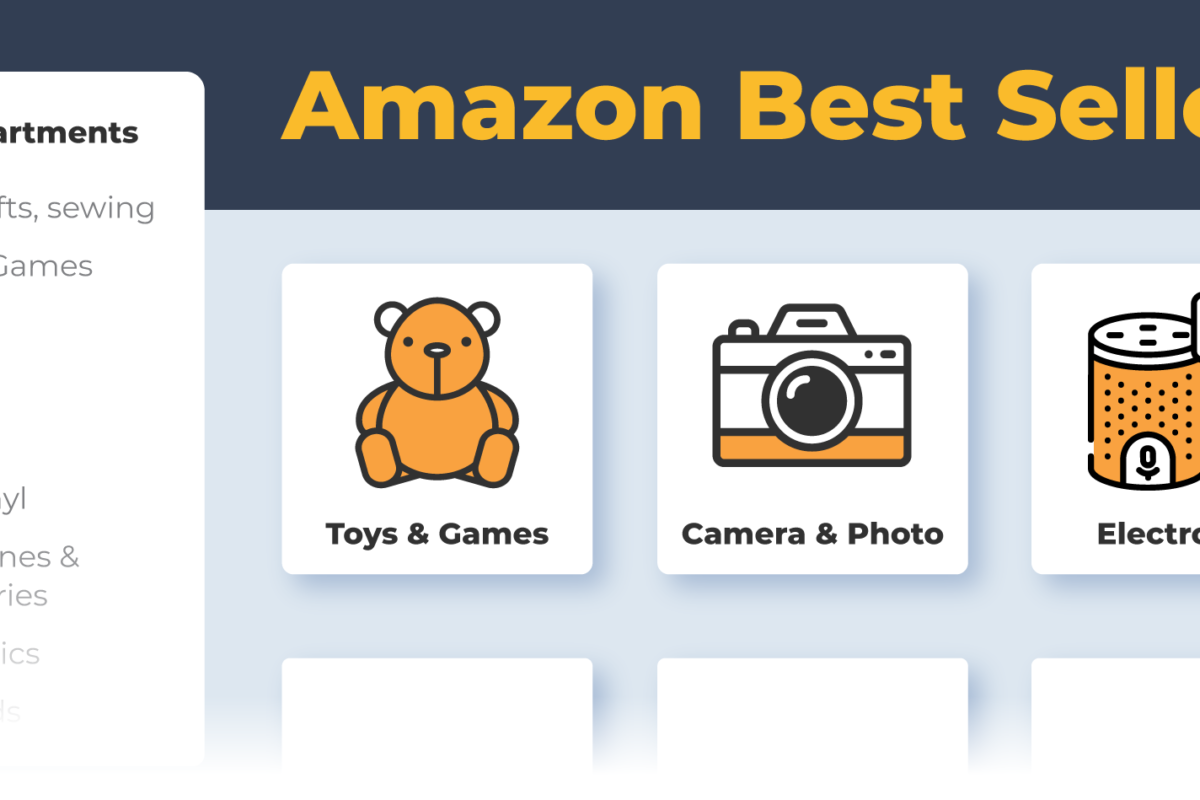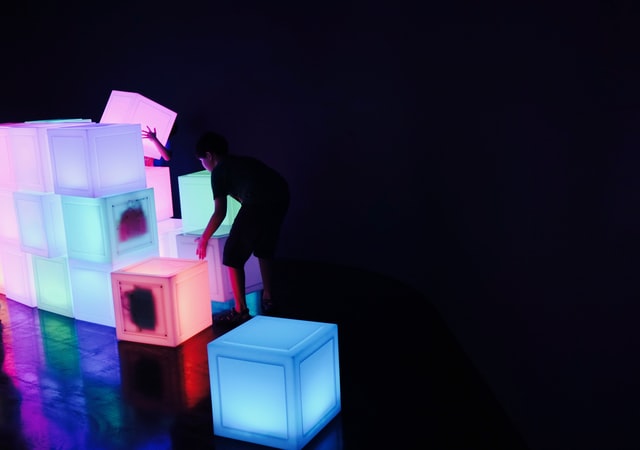Brands are doubling down on customer experience and with good reason. Shopping is becoming more personal and engaging, there is increased importance being placed on building relationships and providing surprise and delight that goes beyond the transaction. Yet despite these trends, there are still pains being felt. According to research by NCR, 73% of consumers think checking out is the biggest pain point in retail and 20% of customers will abandon their carts if the lines are too long.
Frictionless retail is an emerging trend for brands, and one we featured here on Branding Strategy Insider more than two years ago. As the name suggests, it’s all about removing barriers in front of the customer. Too often though, this is centered around checkouts without cashiers and humanless interaction. Frictionless is more broad than a simple self-checkout. Brands like Home Depot and Macy’s are leveraging staff with mobile devices to either pre-scan a customers cart, speeding up the process, or remotely check customers out without needing to pass by an actual register terminal.
A report by Global Data provided by the 4A’s identifies seven types of frictionless retail that are poised to change the customer experience forever:
1. Ease Of Access: Focuses on the length of time a customer takes from first contact to payment. You can divide this into two ideas: How fast the customer can find what they are looking for, and how fast can they pay for it. Apple Stores provide a great example for ease of access.
2. Fulfillment: Focuses on that all-important ‘last mile’. Online has shifted responsibility of this onto retailers largely. Amazon Prime has set the bar for this.
3. Multichannel Alignment: Giving shoppers a choice in how they complete purchases, such as shopping carts matching across desktop, mobile and apps, or staff enabled by devices. Sephora and Google have partnered to allow booking appointments via the Google Home speaker, or the “Companion” app which uses geofencing technology to alert customers to the location of nearby stores, and once in store, uses information about previous orders to give product recommendations to shoppers.
4. Payment Options: You’re familiar with Amazon’s 1-click buying. Also included in this form of frictionless are Apple/Android Pay and leveraging brand apps as Starbucks and McDonalds do.
5. Personalization: Tailoring services to customers needs, whether it be grocery stores with options for users to quickly repurchase frequent items, or experimental technology such as Under Armour’s embedded chip inside of shoes to determine how much a person runs.
6. Positive Friction: Just as it sounds, positive friction is about adding and enhancing the purchasing experience with a moment of pause. These interventions can provide helpful information, recommend complimentary products, or (especially true for luxury brands) can build an experience around the purchase such as a complimentary drink or a pop-up message providing additional purchase information or explaining the guarantee.
7. Security: Frictionless introduces unique challenges for offline and online retail. In offline, there is the risk of shoplifting. Whether accidental or intentional, scanners can often be fooled. Some customers who are frustrated when scanners do not work, feel entitled to the item because “at least they tried”. Online retailers need to continuously audit their systems with third-party providers to prevent sensitive data from leaving the organization.
What retailers are leading the frictionless movement? What retailers are falling behind?

I’m glad to see they have included “positive friction” among these categories. Here’s the thing: When you think of frictionless, what’s most important to keep in mind is level of effort, burden, and risk you’re putting on the customer. Slow them down when you are sure you will delight them, and remove barriers that could otherwise stand in their way.
The Blake Project Can Help You Grow: The Brand Growth Strategy Workshop
Branding Strategy Insider is a service of The Blake Project: A strategic brand consultancy specializing in Brand Research, Brand Strategy, Brand Growth and Brand Education




